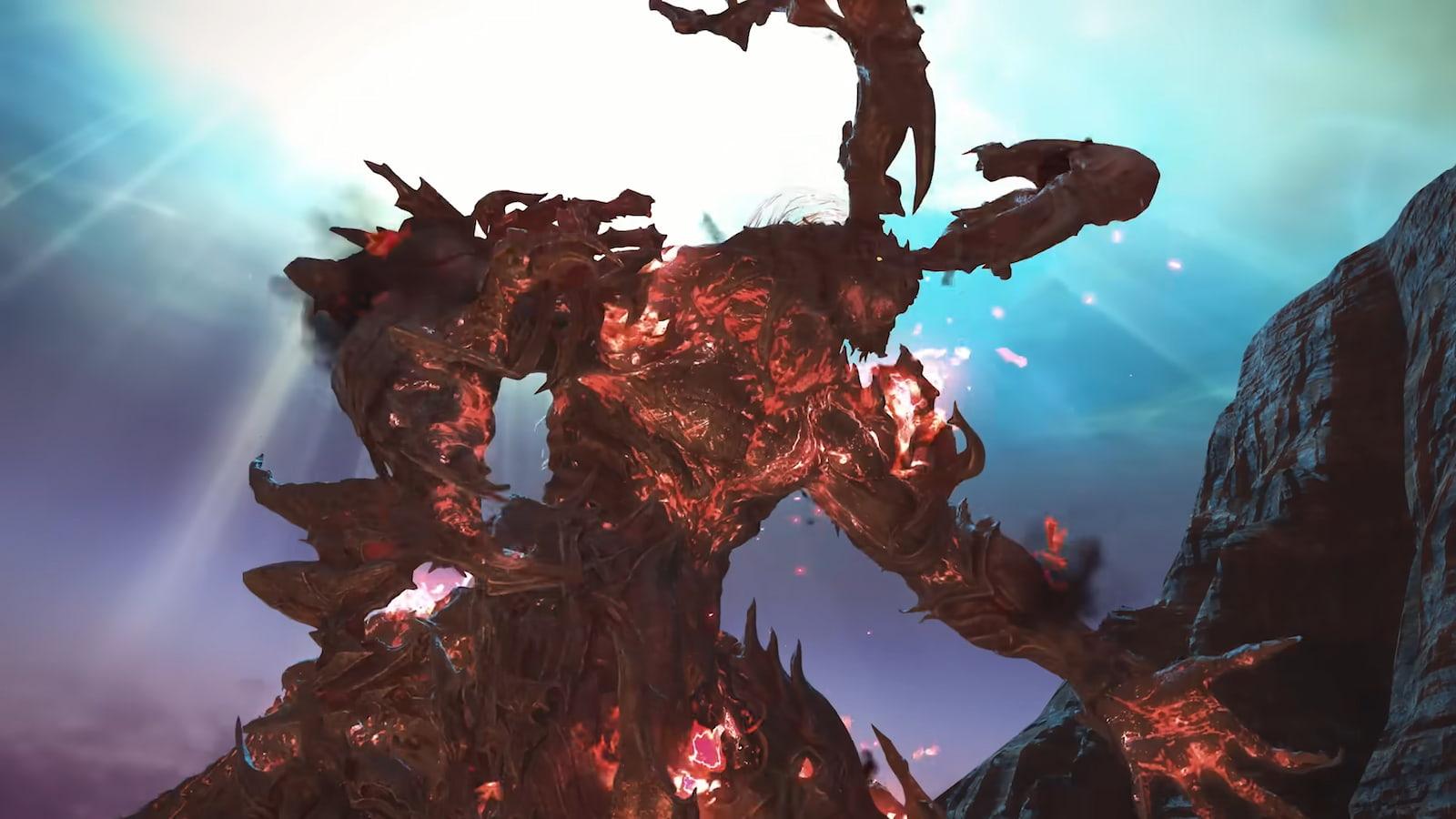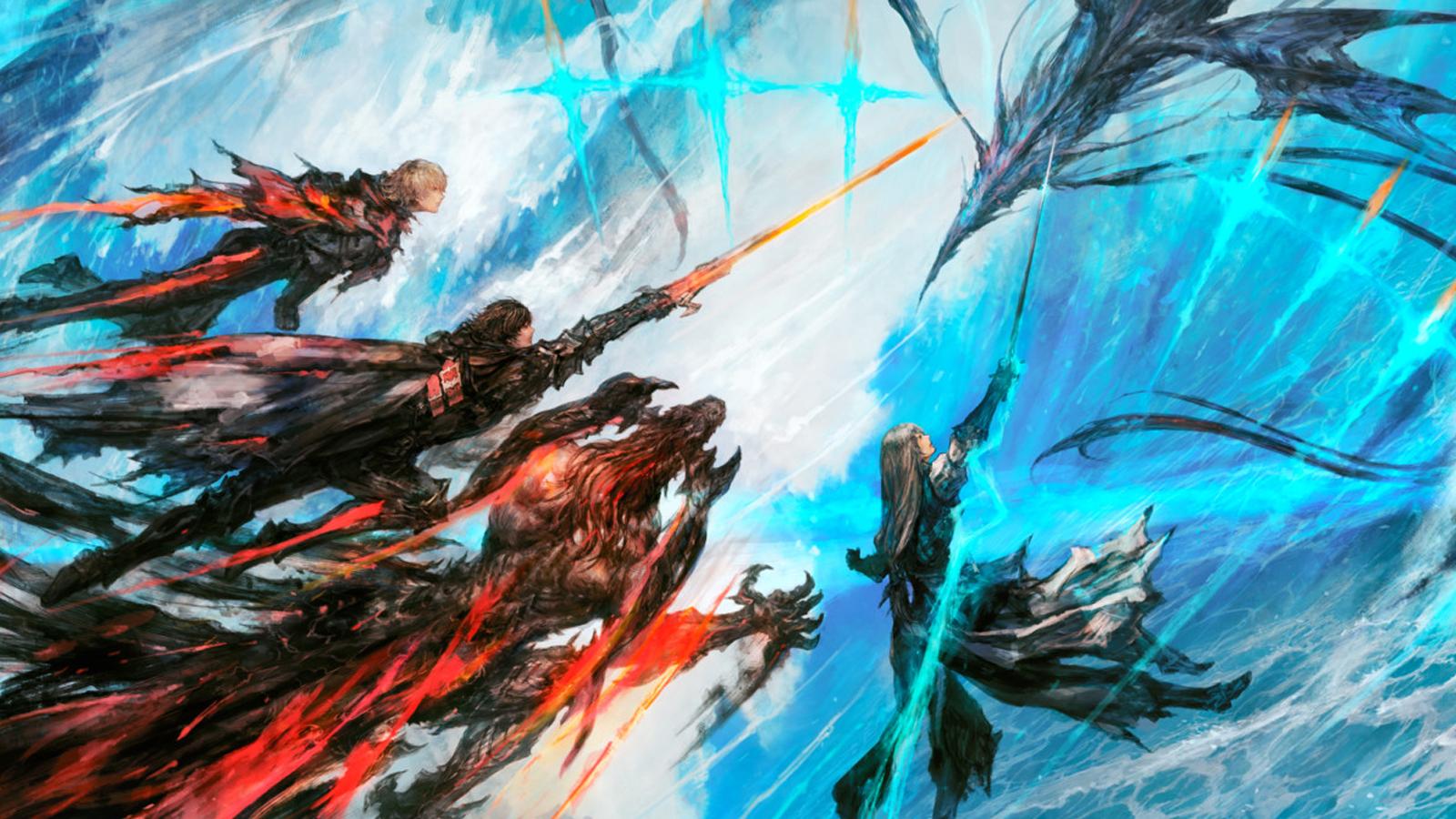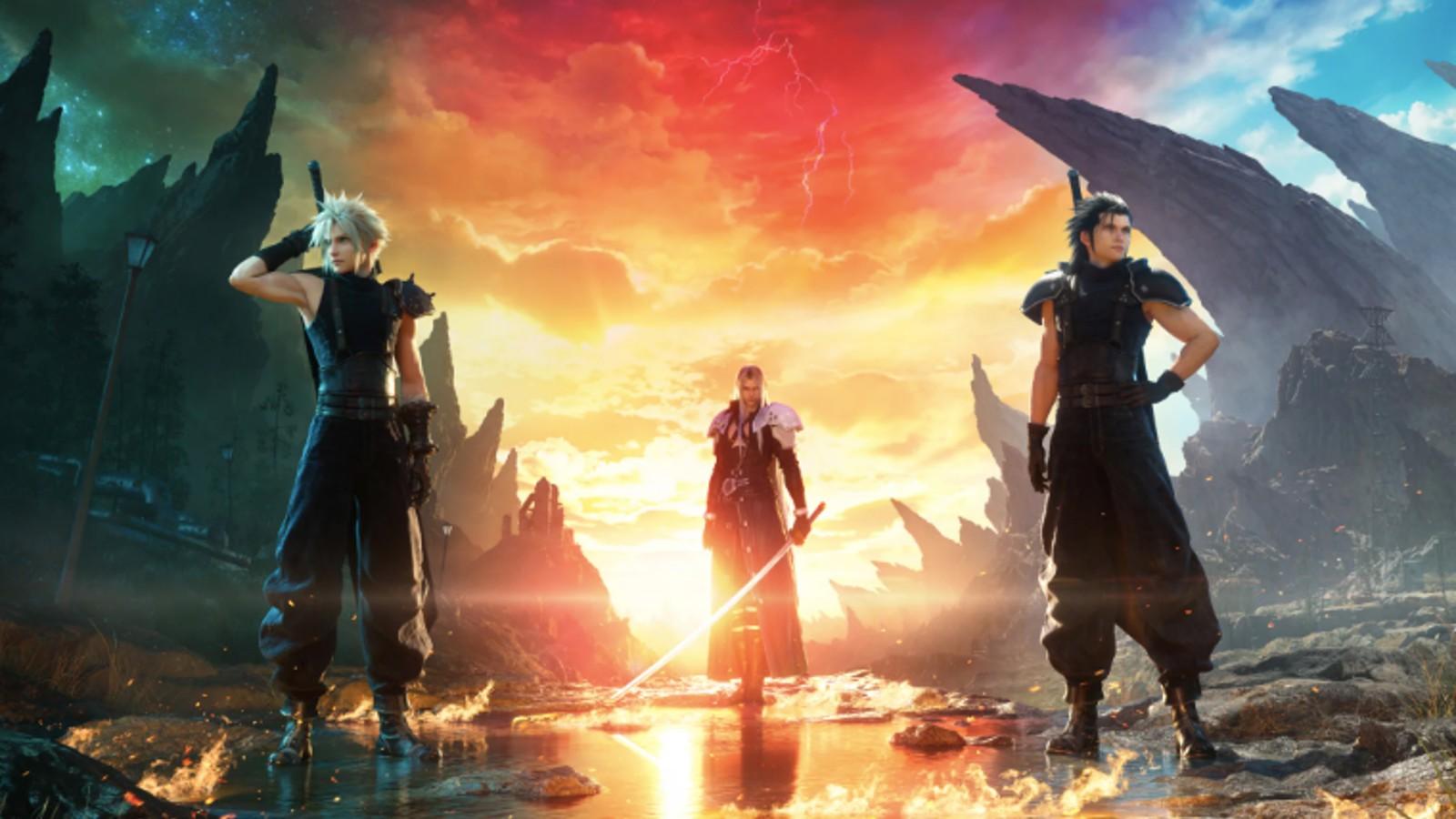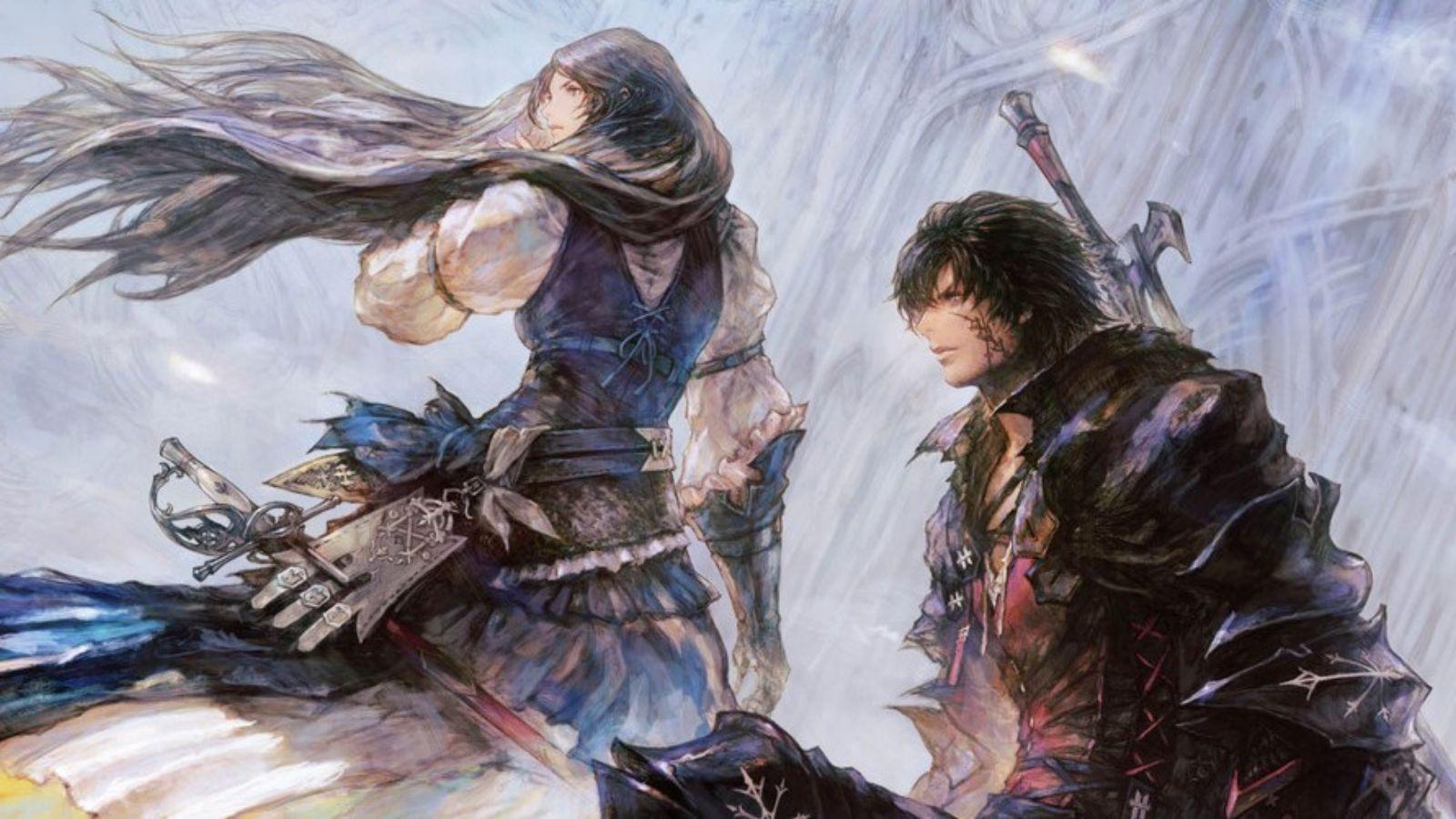Final Fantasy XVI review: An extraordinary achievement no one should ignore
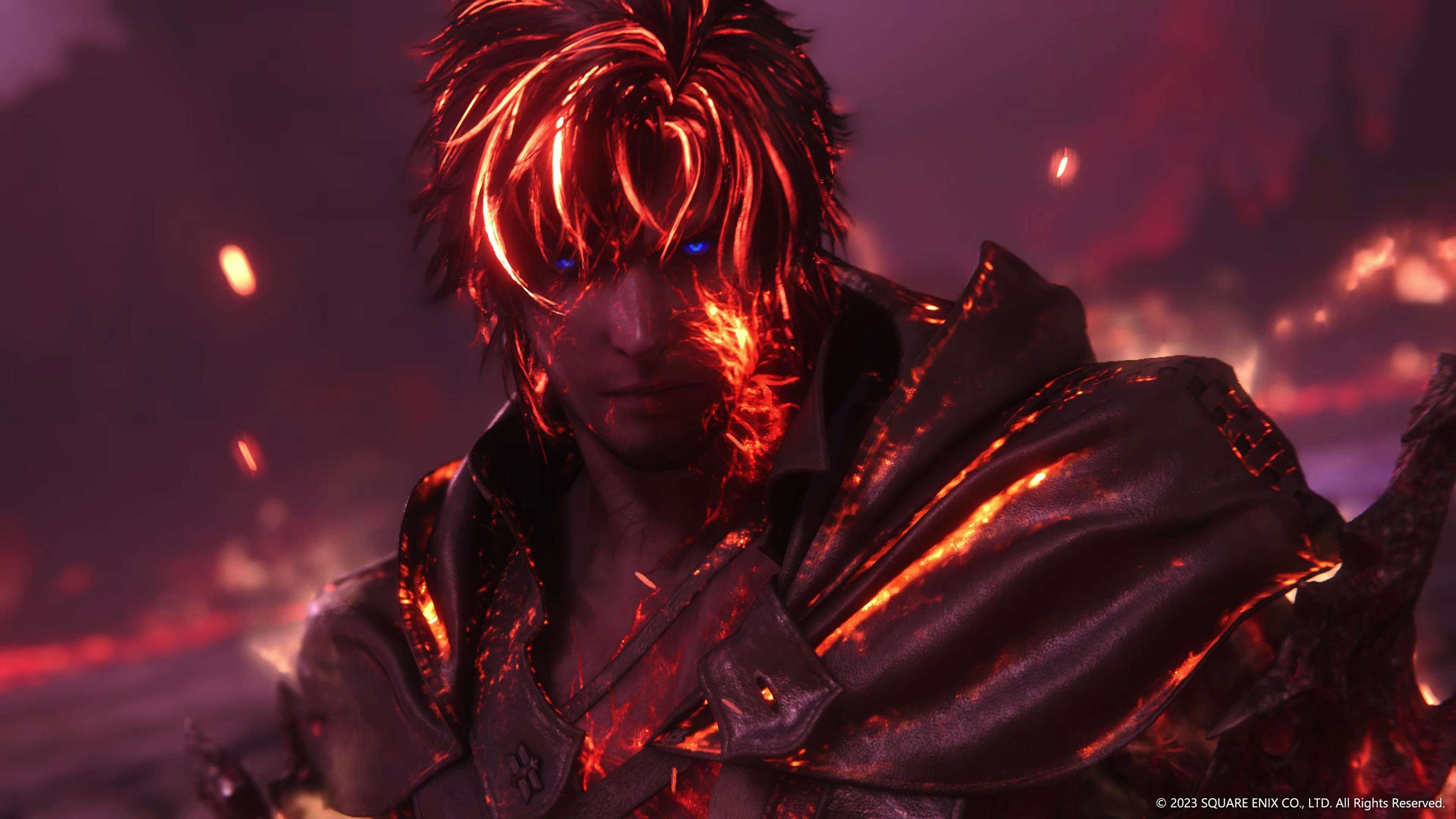
Our Final Fantasy XVI review is here, and after years of anticipation, we are ready to have our say on if it lives up to the franchise name. However, does it also draw in new players to the franchise?
I’ve never played a Final Fantasy. Okay, that’s not technically true. I played about eight hours of Final Fantasy XV, but that’s it. Ostensibly, I’ve never played a Final Fantasy.
Despite being a newcomer to the franchise, one thing is clear: Final Fantasy XVI is breaking a lot of the molds of its predecessors. This is not a party-focused RPG, but rather an action game with RPG elements that follows one character. It also seemingly sheds a lot of the ‘feel’ of the series, instead chasing a pseudo-European-inspired impetus much more akin to Game of Thrones or The Witcher.
Both from these changes and the messaging from its developer, Creative Business Unit III, this is a Final Fantasy meant to appeal to players who have not yet jumped onto the series. Final Fantasy XVI has the difficult job of balancing its appeal to new players, while also attempting to avoid alienating its core audience which has made the franchise one of the most beloved in gaming.
That’s the position I came from as I jumped into Final Fantasy XVI. I was almost entirely devoid of the sentiment of what a Final Fantasy should be, and instead, I was just there to be convinced that I could enjoy a game in the franchise.
Final Fantasy XVI is a good game. In fact, it’s downright triumphant. This is one of the best action RPGs ever made. If you can disavow yourself of preconceived notions about the series, you’ll find a game that’s more than worth your time to invest in.
Final Fantasy XVI – Key Details
- Price: $69.99 (USD)
- Developer: Square Enix
- Release Date: June 22, 2023
- Platforms: PS5
Final Fantasy XVI trailer
A-Clive and Kicking
Final Fantasy XVI has you taking on the role of Clive Rosfield. He’s the firstborn son of the Archduke of Rosaria, one of the six nations of the broader land, Valisthea. However, despite being firstborn, he’s passed over to be the heir to the nation because his brother, Joshua, is a Dominant chosen by the Eikon of the Pheonix. This being a Final Fantasy, there are a lot of highfalutin terms like this.
Each nation of Valisthea has a Dominant, a human who acts as a vessel for an Eikon, kaiju-like creatures which look after an element of reality. However, our hero Clive does have elemental powers, thanks to being “touched” by the Phoenix, his brother. This allows him to control a sliver of the Phoenix’s powers through magic.
However, as you can imagine, this status quo does not hold for long. In fact, (and if you’ve played the demo, you’ll know this), the game raises the stakes in a brutal, heart-wrenching fashion pretty quickly. This sets Clive on a journey of revenge, but also self-discovery.
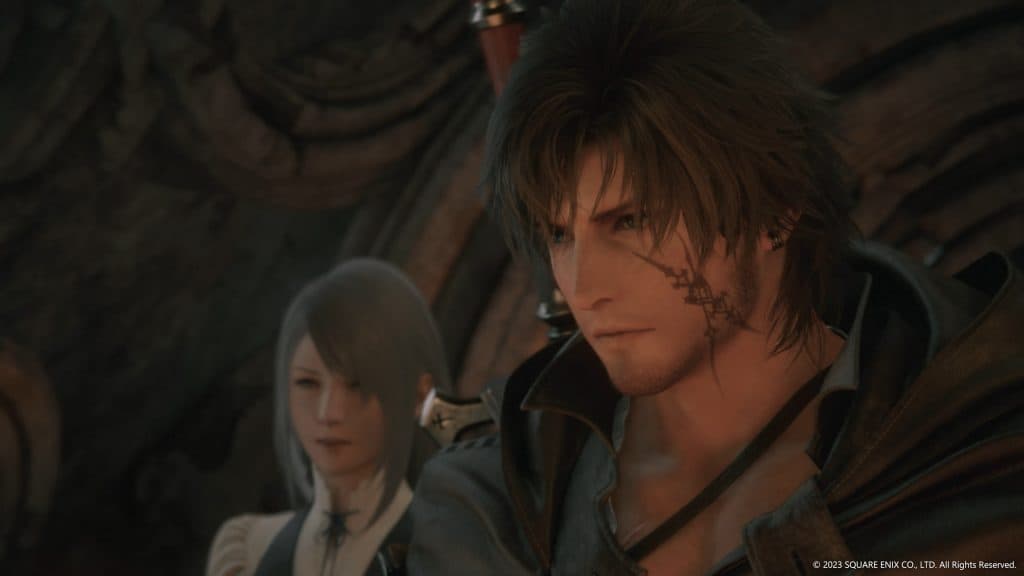 Clive and Jill make the heart of Final Fantasy XVI
Clive and Jill make the heart of Final Fantasy XVIBut, this is just the setup, and without veering into spoiler territory, it’s only one of Final Fantasy XVI’s many narrative phases. Its introductory hours are just one example. Throughout your journey, your goals and allegiances change, as the game takes place through over a decade of Clive’s life.
This allows Final Fantasy XVI to ratchet up the stakes and explores the growth and development of its cast over a significant amount of time. If you’ve played the demo, you may think you know where the game is headed, but there’s so much more that subvert those expectations, leading up to its finale.
Valis in Wonderland
The scope of challenges that face Clive and his friends escalate to gargantuan levels. However, importantly, Final Fantasy XVI never loses sight of its most important aspect – the world and its characters.
At the beginning, it can feel like being thrown into season 5 of Game of Thrones having not seen any of the show previously. This feeling will likely persist for the first fifteen hours or so, but the game does eventually coral you into understanding who all these nations are, why they are fighting, and the threats they face. This is a well-constructed world and one the developers rightfully trust you will eventually get your bearings in.
However, what makes it and the story’s themes sing are the cast of characters that inhabit it. You’ll get to know the inhabitants of Valisthea, some allies, and many enemies. As you begin to gather a crew together, you’ll spend a lot of time with them becoming involved in their lives, giving you something to fight for. By the end of my playthrough, I found myself emotionally invested in almost all of them.
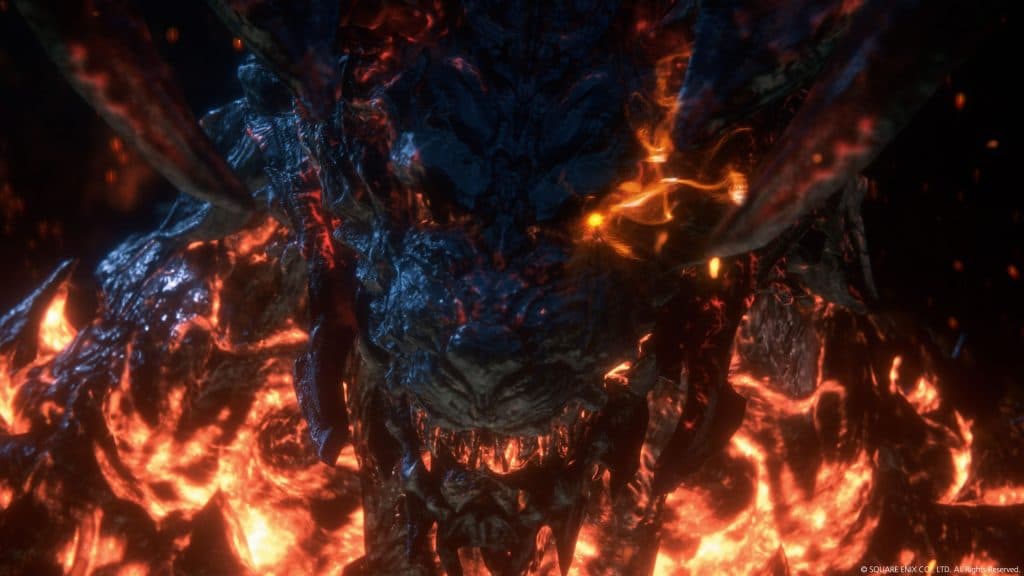 The mysterious Eikon Ifrit has a complex role in Final Fantasy XVI
The mysterious Eikon Ifrit has a complex role in Final Fantasy XVIOn the flip side, the game sports a surprisingly deep and compelling list of antagonists that are equally fun to invest in going up against. While it takes a while to fully unveil all the players and the ultimate menace, the game ramps up the threat and, in turn, your emotional connection with your allies in a very compelling way.
Some may be put off by the tens of hours of cutscenes, but investing in this story is well worth it. While it spins its wheels in its early hours, the longer it goes on, the more the title’s central story sings. You have to get past a meandering beginning, but you’ll be rewarded with an incredibly strong latter half, which is one for the ages.
RPGlee
Now, that’s a lot of platitudes about what the game is about, but how does it actually play from moment to moment? Final Fantasy XVI is structured around exploring new areas in Valisthea. Once you unlock one, you’ll find yourself getting missions to help the denizens of the locale, while also advancing your own goals. This all builds up to a larger “showcase” mission of sorts. In between all of this, a lot of your time will be spent watching cutscenes.
That is an oversimplification, but it gives you an idea of the loop of progression through the story. Final Fantasy 16 is not an open world, it’s important to note. Instead, it’s made up of a collection of hubs that you can travel to. They’re all reasonably sized, and through your playthrough, you shouldn’t be want of new places to explore.
What you shouldn’t be expecting is a deep, branching RPG though. The central path is very narrow, and you’ll be pushed along it in a fairly linear fashion. There’s minimal player choice along that path, so you won’t be out there making decisions like in Skyrim or The Witcher, but instead, will find an adventure that is much closer to God of War in nature.
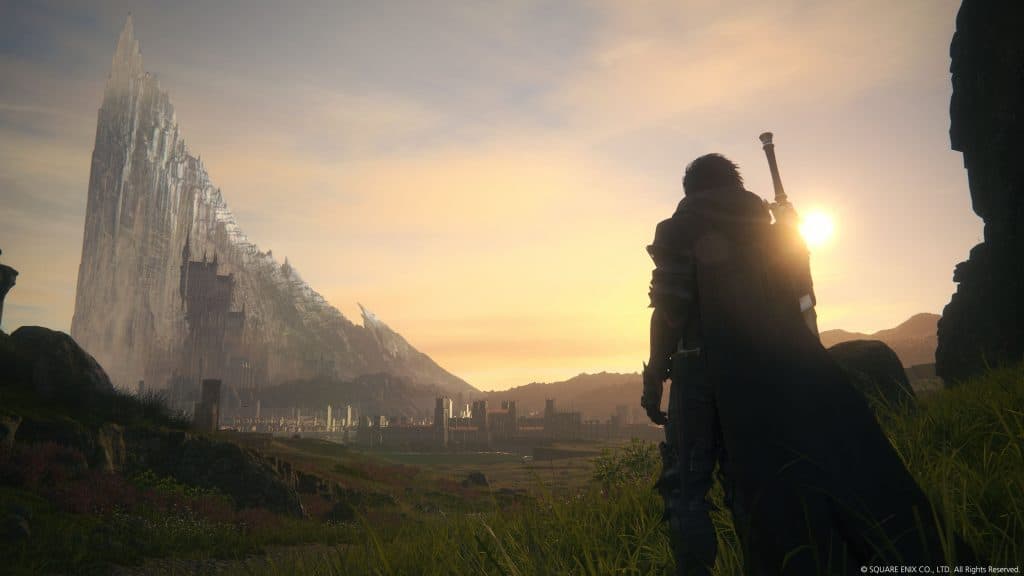 The world and vistas can be something to behold
The world and vistas can be something to beholdThere are sidequests you can complete, but these often feel quite superfluous, and are rarely too interesting, at least from the smattering I played. There are also things like Hunts you can go on to slay larger, more dangerous beasts as well are a way to replay old missions. That said, I did find the side activities you might expect from a game with deep RPG roots to be stronger.
Fight fire with fire
One of the areas that’s bound to be controversial is the game’s combat, which certainly feels far closer to Devil May Cry than anything else from the series previously. That makes sense, as veteran combat designer Ryota Suzuki was in charge of the way that moment-to-moment combat works. Suzuki’s credits include hits like Devil May Cry 5 and Dragon’s Dogma, so the swing to fast-paced action is not only expected, but it’s of a quality and depth you rarely see in AAA titles.
Final Fantasy XVI has some of the best combat I’ve ever played in a third-person game. Like much other aspects, it’s slow going in the early portions. Even if you’ve played the demo, you’ve only seen a glimpse of what this system can do. As you play through the story, without getting into specifics, you gain access to the power of various Eikons, each with its own ability tree. Each time you unlock a new path, you get access to a latent ability, three normal abilities, and an ultimate which you can buy with ability points you earn.
In real-time, you’re able to switch between three Eikons on the fly and store up to two abilities on its track. You’re then able to flip between these styles instantly using all these elements, creating a complex, yet parsable dance of particle effects and death.
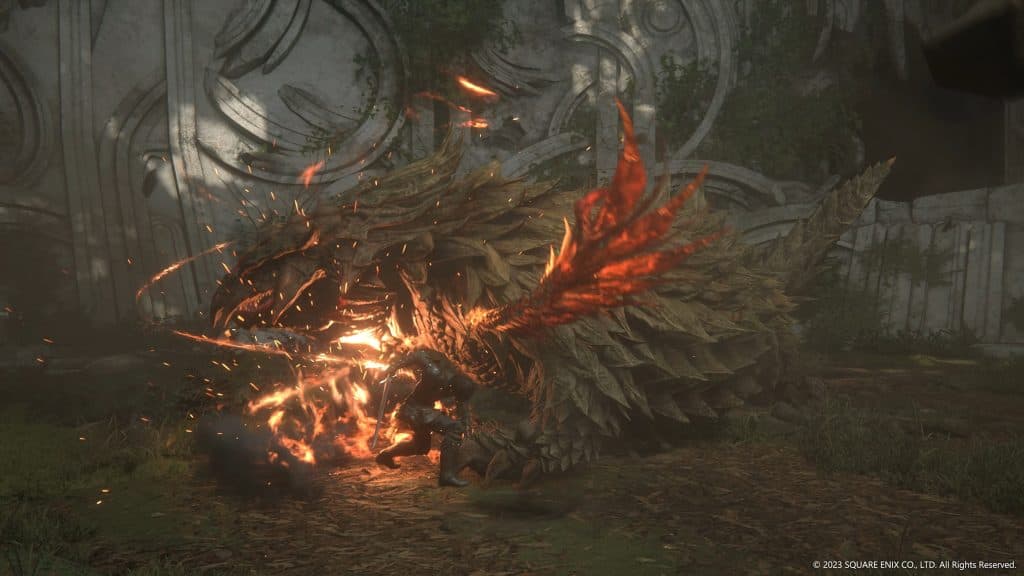 Clive has access to elemental powers
Clive has access to elemental powersHowever, it goes one deeper too. If you invest in an ability enough to master it, you can then take it from one Eikon ability track and place it into another. This allows you to concoct your own brew of cross-Eikon abilities, which is especially useful if you only like one single ability from a particular Eikon.
This modular approach allows you to customize your playstyle in a mind-boggling number of ways. Coming up with combat rotations that work for you is exhilarating, and is full to the brim with ways to express yourself. The only real issue is this system only comes into its own in the latter half of the game. I was into my last ten or so hours before I had a style that I would consider ‘complete’.
Thankfully, you do have opportunities to express that mastery even past completing the game. You open a New Game Plus as soon as you finish, on top of an ultra-hard mode called Final Fantasy Mode. You can also replay levels through ‘Arete Stone’, allowing yourself to be graded on performance as well as climb global leaderboards.
Eikonic
Of course, that combat system only comes into play when you are playing as Clive Rosfield. That’s the majority of the fights, but I’d be remiss if I didn’t talk about the Eikon fights. Every once in a while, the game will task you with taking over one of the gargantuan beasts of magic and clashing you with another similarly sized monstrosity.
While these sections are not as complex mechanically, and only allow you to tap into a smaller pool of moves, their appeal lies in their sheer scale and absurdity. These are pure spectacle showpieces of the development team flexing both their wildest ideas and equally chaotic execution.
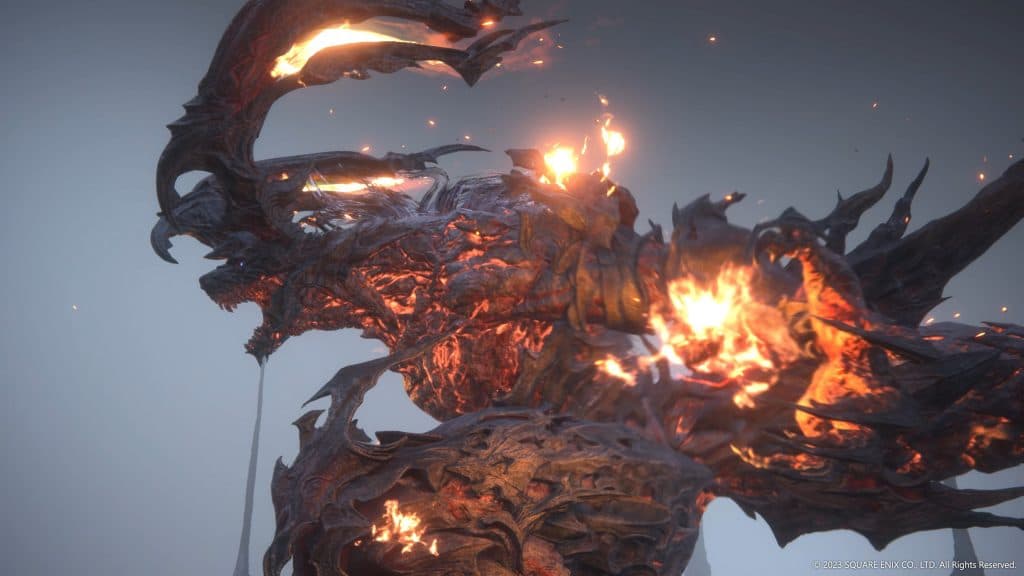 The Eikon clashes are real spectacles
The Eikon clashes are real spectaclesWhile the first few are eye-catching, the ones toward the back half of the game are each more ridiculous than the last and they all feel deliciously different from one another. These fights are indulgent, overblown, are not particularly hard, and rely a lot on cutscenes and quick-time events. However, they’re pulled off with such an exhilarating flair and enthusiasm it’s impossible to not be swept up in their grandiose.
Especially as you get to know the characters and stakes involved better, these are always perfectly placed as emotional blowouts for the broader story. If you’re not gaming to see big Godzilla-like creatures using Dragon Ball Z-esque moves on one another, then I don’t know what to tell you.
Final Fantastic
If you’d asked me how I felt about Final Fantasy XVI about halfway through the game’s 40-hour runtime, I’d have been a bit down on it. The story meanders for long periods after the initial opening and the combat has not yet given you enough tools to truly embrace the buildcrafting nature it excels at. Final Fantasy XVI isn’t always excellent, especially in the early running, but it gets there with one of the most memorable second halves of a game that I can remember.
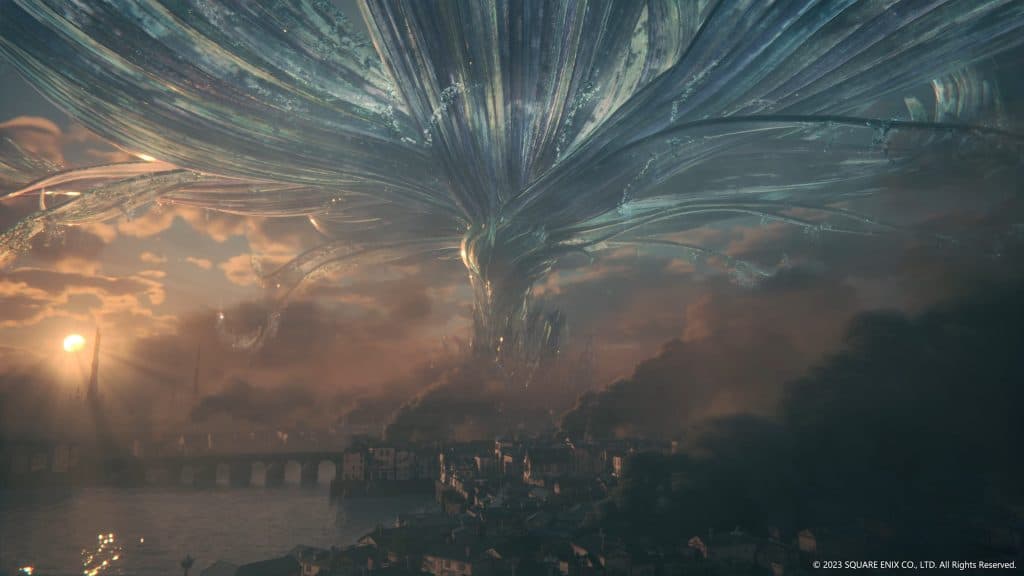 The Mother Crystals play a key part in Final Fantasy XVI
The Mother Crystals play a key part in Final Fantasy XVIOf course, there are some who’ll be annoyed that this franchise, once beloved for its turn-based combat and RPG-heavy systems, has all but turned its back on the old to court the new. That might be an impossible hurdle for some, which is understandable. However, as someone removed from those preconceptions, I can say the destination is well worth the journey and the soaring highs the game eventually reaches.
The Verdict – 5/5
If you meet this game on its terms and embrace Final Fantasy XVI, it will embrace you right back with its huge heart. That kind of game is rare, and it deserves to be cherished. With a cast of characters that are easy to invest in, a story that pays off the promise of its impossible scale, and one of the best action combat systems ever committed to disk, Final Fantasy XVI is a game that you owe it to yourself to indulge in.
